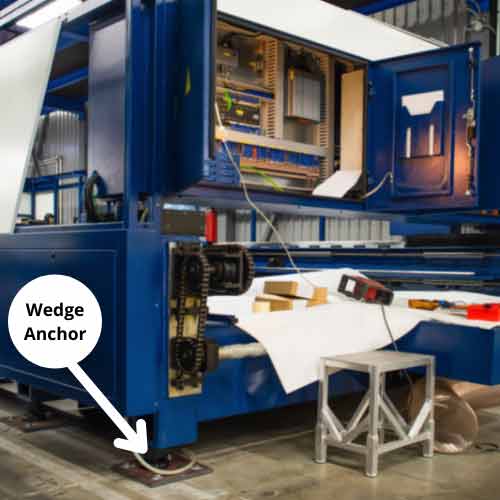Innovative Manufacturing Solutions for Rivets and Screws in Modern Industrial Applications
Aug . 12, 2024 12:26 Back to list
Innovative Manufacturing Solutions for Rivets and Screws in Modern Industrial Applications
The Evolution and Importance of Rivets and Screws in Manufacturing
In modern manufacturing, rivets and screws are essential fasteners that play a crucial role in the assembly of various structures and products. The evolution of these fastening technologies has significantly impacted industries, from construction to aerospace, where safety and durability are paramount. This article explores the history, applications, and future of rivets and screws, underscoring their importance in a factory setting.
Historical Overview
The use of rivets can be traced back to ancient civilizations, where they were employed in armor and weapon manufacturing. The industrial revolution marked a critical turning point in the production of rivets, with factories developing machinery to craft these fasteners at unprecedented rates. Riveting became a widely accepted method for joining metals, particularly in shipbuilding and construction, where the strength and reliability of a joint were non-negotiable.
Screws, on the other hand, have a slightly different historical trajectory. Their origins can be found in ancient Greece, where they were primarily used in wine presses. However, the mass production of screws took off in the 19th century, fueled by the invention of machines capable of creating threads consistently. This innovation made screws more accessible and practical for various applications, leading to their widespread adoption in everything from furniture assembly to automotive manufacturing.
Designs and Applications
Both rivets and screws come in a myriad of designs and sizes, tailored to specific applications. Rivets are typically used in situations where a permanent union is required. Commonly employed in metal fabrication, they provide strong joints that can withstand vibrations and heavy loads. For example, the construction of bridges, airplanes, and buildings heavily relies on rivets for structural integrity.
rivets screws factory

Screws offer a versatile alternative, known for their ease of use and disassembly. They are often utilized in products that need to be taken apart or adjusted, such as machinery, electronics, and furniture. The critical advantage of screws is that they can offer varying levels of hold, depending on the type of screw and its application. For instance, wood screws are designed for fastening into wooden materials, while machine screws are used for durable connections in mechanical applications.
Manufacturing Process
The production of rivets and screws in a factory setting involves several steps. For rivets, raw materials are cut to size, heated if necessary, and then shaped through processes like forging or die stamping. The finished rivets undergo quality checks to ensure they meet specific strength and durability standards.
Screw manufacturing follows a similar process, beginning with wire or rod stock. The material is threaded, cut, and sometimes coated to enhance corrosion resistance. Automation plays a significant role in both industries, with advanced machinery able to produce thousands of fasteners in a single day. Quality control remains crucial, with rigorous testing to ensure that each product can withstand its intended application.
Future Trends
As manufacturing technologies continue to evolve, so too do the innovations in riveting and screwing technologies. The push for sustainability is leading to the development of eco-friendly materials and processes that reduce waste in the production of fasteners. Moreover, advancements in 3D printing technology are making it possible to create custom fasteners that meet specific requirements, opening new avenues in design and innovation.
In conclusion, rivets and screws are more than mere fasteners; they are foundational components that ensure the functionality and safety of countless products and structures. As factories adapt to new technologies and sustainability practices, the importance of these simple yet powerful tools will only continue to grow, shaping the future of manufacturing.
Latest news
-
High-Quality Panel Stud Bolt Reliable Panel Stud Bolt Factory & Suppliers
NewsJul.08,2025
-
High-Precision Fine Thread Locknuts Manufacturer & Supplier Custom Solutions
NewsJul.08,2025
-
PH Imperial Stud Bolt – High Strength Fasteners from Leading Supplier & Factory
NewsJul.07,2025
-
High-Quality Allen Wrench Bolts Leading Factory, Company & Suppliers
NewsJul.07,2025
-
Wholesale Ball Stud Bolt - High Quality Supplier & Factory Price Reliable Wholesale Ball Stud Bolt Company
NewsJul.06,2025
-
High-Strength Alloy Bolts Manufacturer & Supplier Quality Alloy Fasteners Factory
NewsJul.06,2025
